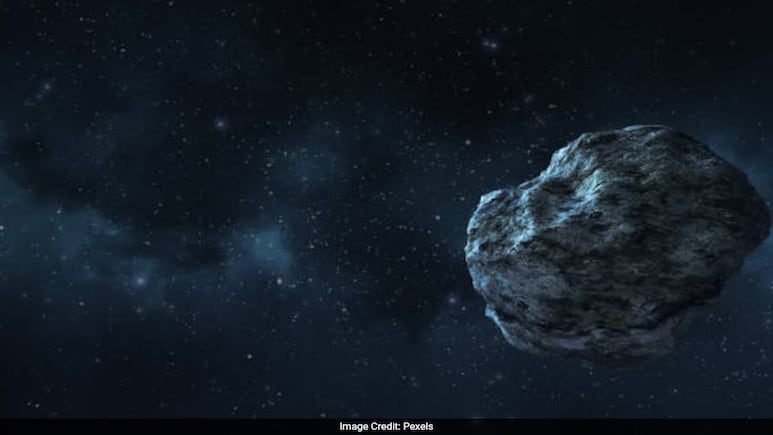
- Scientists found rare CI chondrite meteorite fragments in samples from China’s Chang’e 6 mission
- The Moon’s lack of atmosphere preserves ancient asteroid impacts as natural archives
- Findings suggest more carbonaceous chondrite impacts on Earth-Moon system than previously thought
Scientists analysed lunar samples brought to Earth by China's Chang'e 6 mission and found rare meteorite fragments. This discovery could transform our understanding of mass transfer in the solar system.
The study was conducted by a research team from the Guangzhou Institute of Geochemistry under the Chinese Academy of Sciences and published in the latest issue of the journal Proceedings of the National Academy of Sciences.
The researchers explained that CI chondrite meteorites are extremely rare on Earth, accounting for less than one percent of all collected meteorites, reported by CGTN.
They noted that the Moon has almost no atmosphere or plate tectonics, so it serves as a natural archive of ancient asteroid impacts.
The researchers used advanced techniques to analyse the mineral composition and oxygen isotopes of lunar soil and confirmed that these fragments belong to CI-like chondrite meteorites. They also noted that this type of meteorite is rich in water and organic matter and typically originates in the outer solar system.
The study indicates that the Earth-Moon system may have experienced more collisions of carbonaceous chondrites than previously estimated.
Lin Mang, a researcher at the Guangzhou Institute of Geochemistry, explained that this discovery demonstrates that material from the outer solar system can reach the inner solar system and plays an important role in explaining the origin of water on the lunar surface. He added that this discovery also provides new avenues for future research on the distribution and evolution of lunar water resources.
Researchers have established systematic methods for identifying meteoritic materials in extraterrestrial samples.
Chang'e 6 made history in 2024, by bringing back 1,935.3 grams of lunar samples from the Moon's South Pole-Aitken Basin. He explained that this basin is the largest, deepest, and most ancient basin on the Moon.
Track Latest News Live on NDTV.com and get news updates from India and around the world

